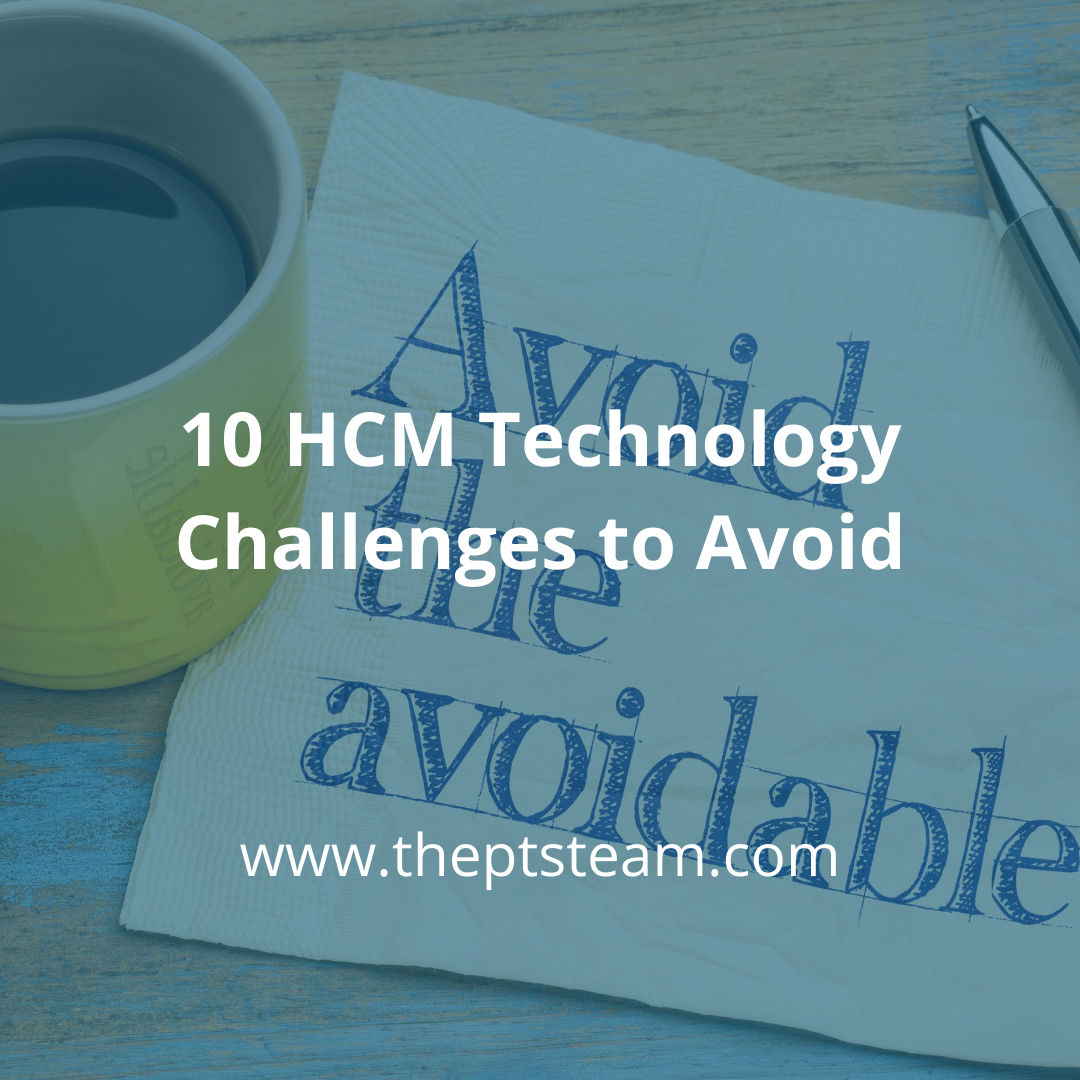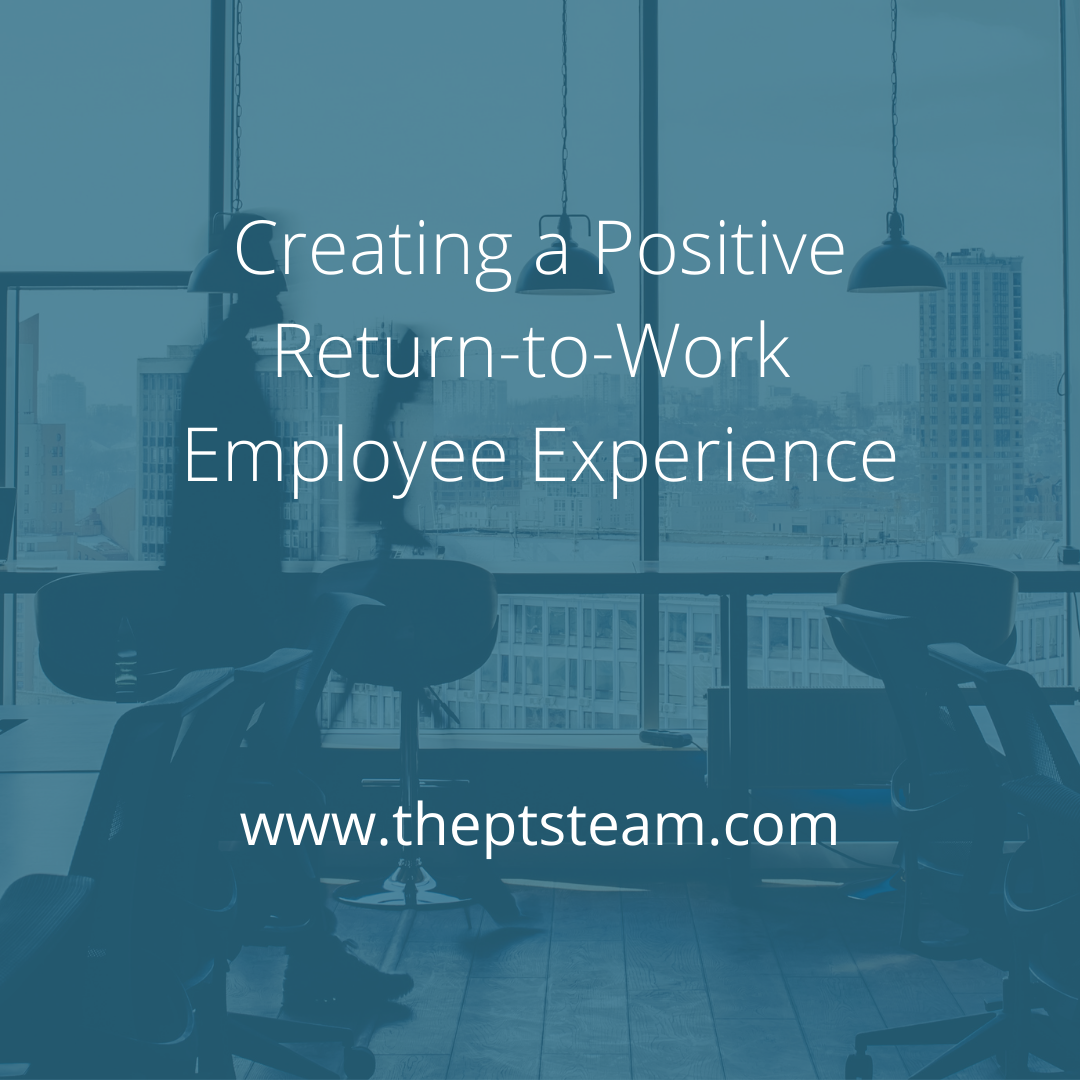Business is moving to the cloud.
More than 90% of companies are already “at least somewhat on the cloud today,” and they plan to be even more there soon, according to IDG’s 2020 Cloud Computing Survey. Six of 10 technology buyers planned to be “mostly” or “all” on the cloud within the next 18 months.
As is typical though, when business moves to somewhere, it moves away from somewhere else. In this case, businesses are moving from on-premise solutions that companies host in-house, including software, hardware, platforms, and IT infrastructure. Only 8% of companies in the IDG survey said that their total IT environment was all on-premise.
With cloud solutions, businesses pay vendors to use their solutions and infrastructure instead of building, purchasing or maintaining in-house solutions. Seventy-two percent of businesses already have core HR applications in the cloud or are moving them there, according to PWC’s 2020 HR Technology Survey.
As more companies pursue HR digital transformation, the cloud offers several key advantages and safety provisions that on-premise solutions do not.
1) Smoother Implementation
You would likely use cloud software sooner than you would an on-premise solution. Cloud HR management systems take 7 to 14 months to implement compared with 11 to 19 months for on-premise systems, Oracle says in a primer on human resources in the cloud vs. on-premise.
On-premise solutions also typically demand more from internal IT resources, like for customizations and testing. It takes longer for new hires to be productive as well, Oracle says, noting that cloud HR management systems reduce time to productivity by 10% to 20%.
2) Flexible Deployment
Cloud solutions typically integrate with other software easily. They also can be accessed from anywhere with an internet connection, which makes them well-suited for today’s remote workforce. Employees can log on and work from home offices or mobile devices.
In contrast, on-premise solutions usually require an employee to log in from the workplace. Integrating systems can also be challenging because on-premise solutions often do not have an application programming interface (API) like one that would come with cloud software.
3) Efficient Operation
You would likely pay a monthly fee for a cloud-based HR solution that is offered as software-as-a-service (SaaS). The fee would probably include technical support as well as the software.
You might also pay a monthly subscription cost that would cover technical support for an on-premise solution but it would probably be more than the SaaS fee and it would be in addition to a heavy up-front cost, according to a WorkforceHub blog post about the pros and cons of cloud versus on-premise workforce management software.
4) Secure Environment
When you use on-premise software, you are responsible for security. That includes defending your network and systems against cyber attacks as well as protecting the servers and other hardware on which your on-premise solution runs. If you suffer a data breach or your hardware is damaged or destroyed by a natural disaster or other means, then you must recover data and restore service.
With a cloud solution, the vendor assumes responsibility for securing and protecting your data. In hosting everything on their servers, they implement strict security measures per regulations and best practices. They also ensure business continuity through means like backup power sources and servers that would continue service if a natural disaster or other incident impacted their primary infrastructure.
5) Continual Improvement
Unlike on-premise software, you do not pay to upgrade a SaaS solution. Your service always includes the latest version of the software, which is updated more frequently than an on-premise solution. A cloud vendor may provide three updates a year but traditional on-premise solutions are typically upgraded every two to three years, according to a whitepaper about the future of HR published by Accenture and Oracle.
And cloud upgrades “happen instantaneously” from HR’s perspective, Cara Capretta, vice president of the HCM business transformation practice at Oracle, stated in the whitepaper. “You don’t have to do all the planning and work to do the upgrade. That’s a big change from the past,” she stated.
6) Scalable Infrastructure
Your HR systems should grow with your company. However, on-premise environments limit your ability to adapt to your needs because scaling would require you to buy and deploy new servers, according to a Toolbox article comparing cloud vs. on-premise.
Being on the cloud offers an advantage when it comes to scaling because your solution is virtual. “Here, scalability includes resizing server resources, bandwidth, and internet usage,” the Toolbox article explained. “Also, for cost-saving purposes, cloud servers are scaled down or shut down when the usage is low.”
7) Business Benefits
Perhaps most importantly, the cloud works. PwC’s 2020 HR Technology Survey shows that companies with cloud HR systems were more likely to report gains in productivity, improved employee experience, and better workforce insights compared to those using on-premise solutions.
“What used to be a slow-moving corporate technology space a decade ago is now a $148 billion market of HR cloud solutions to address the needs for the future of work. Innovative start-ups are promising to help companies keep up with smart, always-on and connected interactions employees and talent networks expect,” PwC says.
Like business in general, HR has found that the advantages and safety of being on the cloud vs. on-premise solutions are too much to ignore.
Learn how HCM consultants from Providence Technology Solutions can help you develop precisely the right HR roadmap for your unique needs and ensure maximum value through our Vendor Selection Services.
Contact us today to discuss your vendor selection needs online, by email at info@theptsteam.com, or by calling 904.719.8264.














